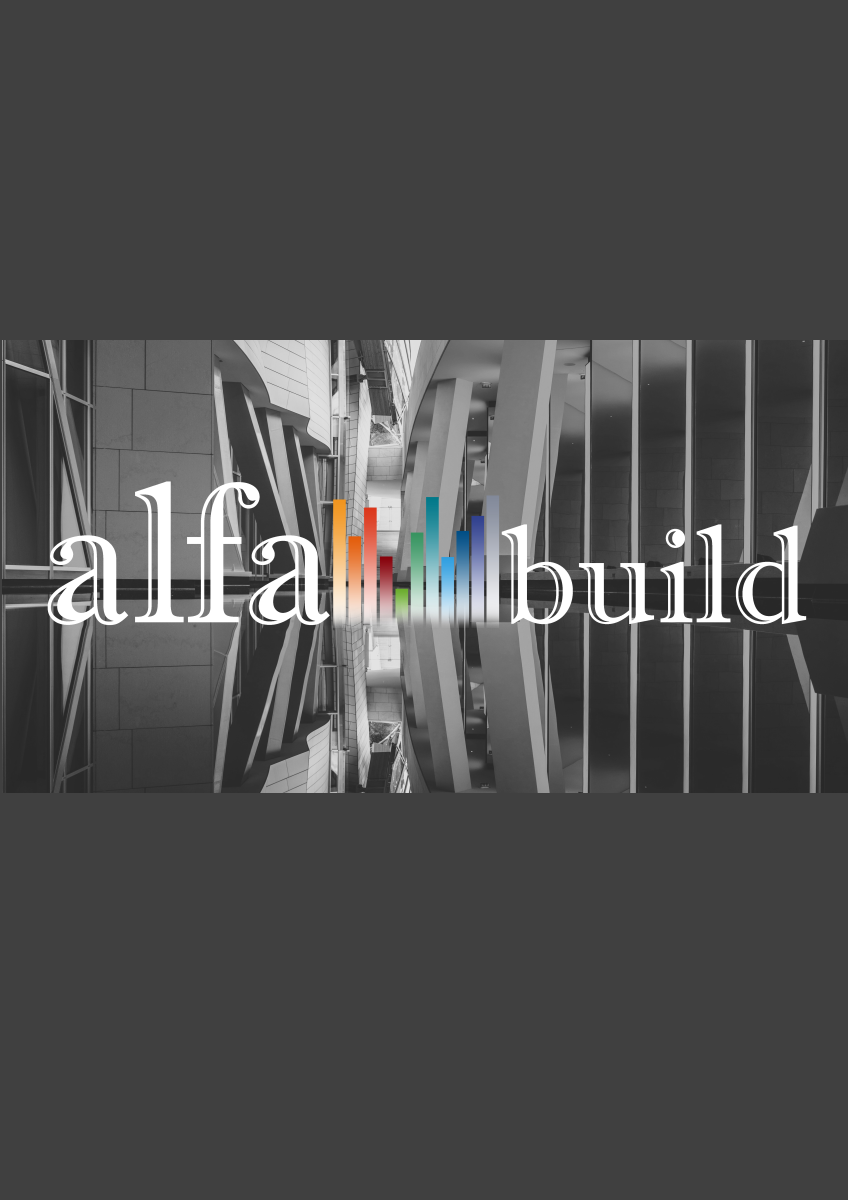Linear programming for decision-making in construction management
The object of research is to analyze the effectiveness of different linear programming (LP) methods in optimizing decision-making processes in construction project management. The aim of this research is to compare the effectiveness of different LP methods in optimizing construction quality control decisions, considering cost and duration constraints. Method. The study applies three LP methods: the Simplex Method, the Dual Simplex Method, and the Interior Point Method. Each method is applied to a case study scenario involving a development company facing a dilemma regarding the optimal method for conducting quality control during a construction project. The LP methods are used to evaluate the computational efficiency, accuracy, and practical implications of each approach. Results. Through the analysis of the case study scenario, it is observed that each LP method offers unique strengths and considerations. The Simplex Method demonstrates simplicity and relatively quick convergence, making it suitable for straightforward optimization problems. The Dual Simplex Method showcases robustness in handling complex scenarios, such as degeneracy and multiple optimal solutions. Meanwhile, the Interior Point Method proves highly efficient for large-scale problems with intricate variables and constraints, offering a precise and reliable solution.



